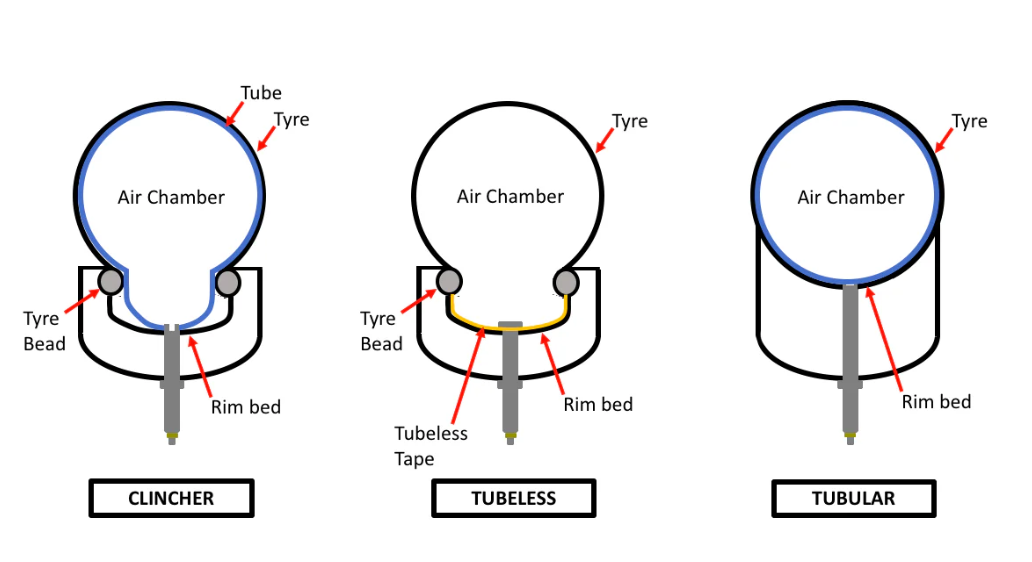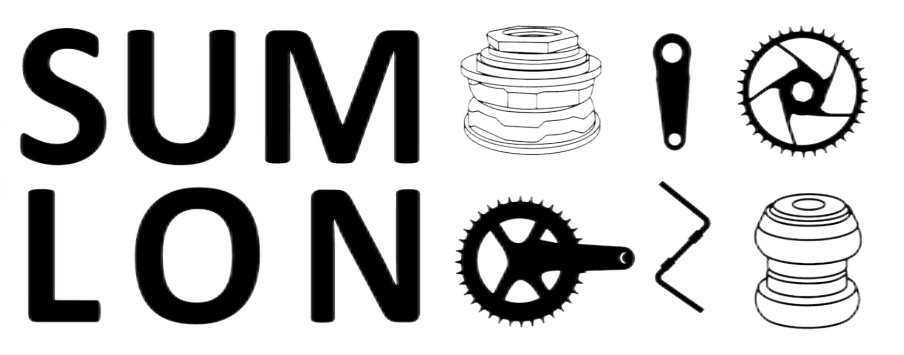The three most common bike tire types today are clincher tires, tubeless tires, and tubular tires. To get straight to the point, if you’re a complete beginner, we recommend choosing clincher tires because they are affordable and easy to repair. Most of the time, you won’t need to visit a bike shop for repairs. If you have some experience, you can opt for tubeless tires for daily rides. The key reasons are their comfort, lower rolling resistance, and the self-sealing fluid, which usually allows you to finish a ride without issues. For professional cyclists, tubular tires become a viable choice, especially since cost and maintenance teams are no longer a concern at that level.

Then let’s dive into these three bike tire types: what clincher, tubeless, and tubular tires are, along with their key pros and cons.
Clincher Tire – the most common bike tire types
What is a Clincher Tire?
Among all the bike tire types, Clincher tires are one of the most common tire types. They consist of an outer tire and an inner tube. The outer tire is usually thick, with a puncture-resistant layer and various tread patterns to provide rigidity and grip. The inner tube, a rubber tube filled with air, sits inside the outer tire and provides air pressure.
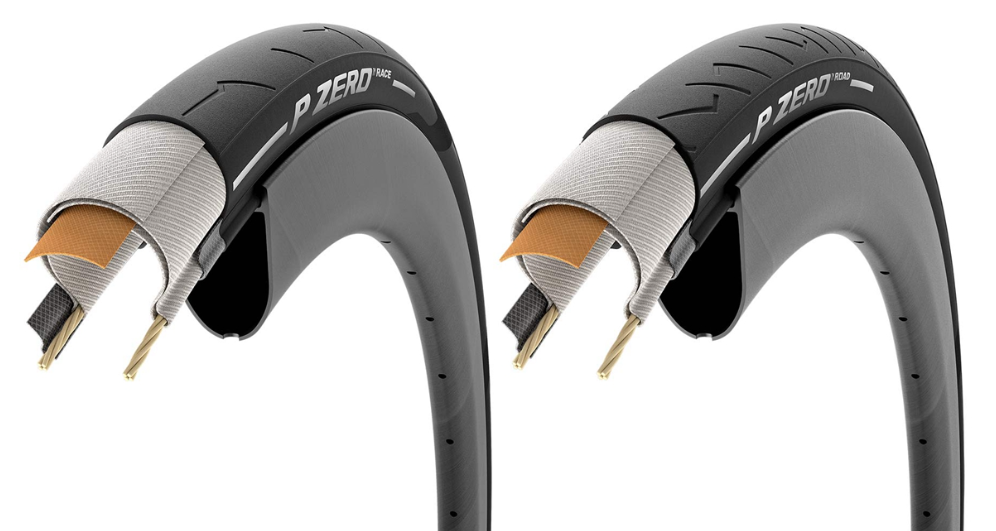
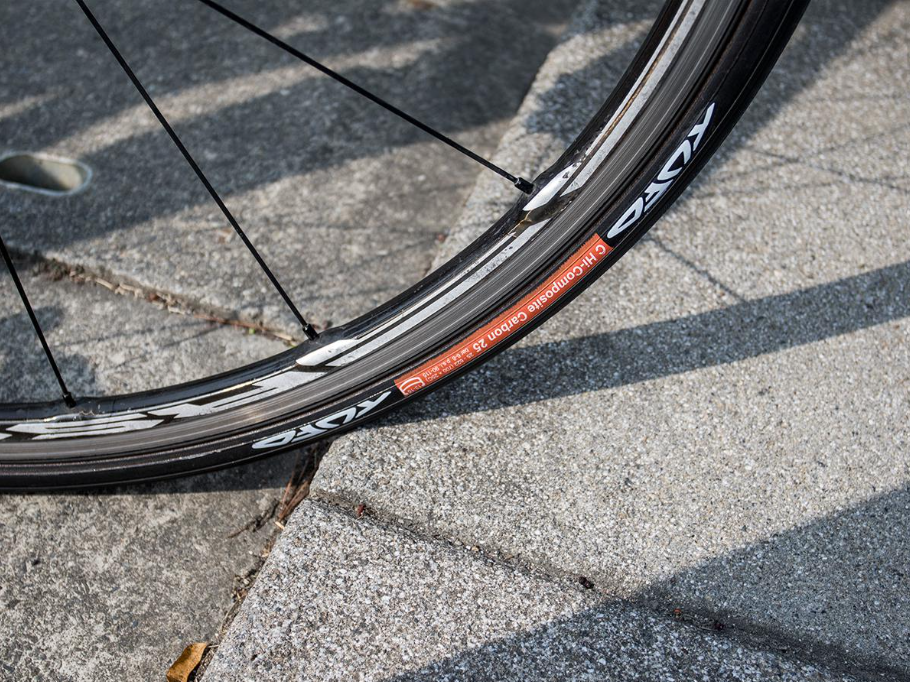
Pros of Clincher Tires
Firstly, clincher tires are relatively inexpensive, both in terms of the outer tire and inner tube. Secondly, they are easy to install and replace. You only need two tire levers and a regular pump to replace a clincher tire. Additionally, if the tire gets punctured and you don’t have a spare inner tube, patching the tube is straightforward, while the outer tire typically doesn’t need replacing.
Cons of Clincher Tires
The biggest drawback is how prone clincher tires are to punctures. Rolling over sharp objects, hard steps, or even friction between the inner and outer tube can cause the tube to rupture. Most clincher tubes do not support self-sealing fluid, so once the tube is punctured, you must repair it immediately to continue riding.
Tubeless Tire – the most suggested bike tire types
What is a Tubeless Tire?
Tubeless tires use a system without an inner tube. The tire’s bead locks onto the rim’s bead seat, allowing the entire system to maintain air pressure. Tubeless tires typically have a thicker rubber layer and a more complex structure to ensure air-tightness.
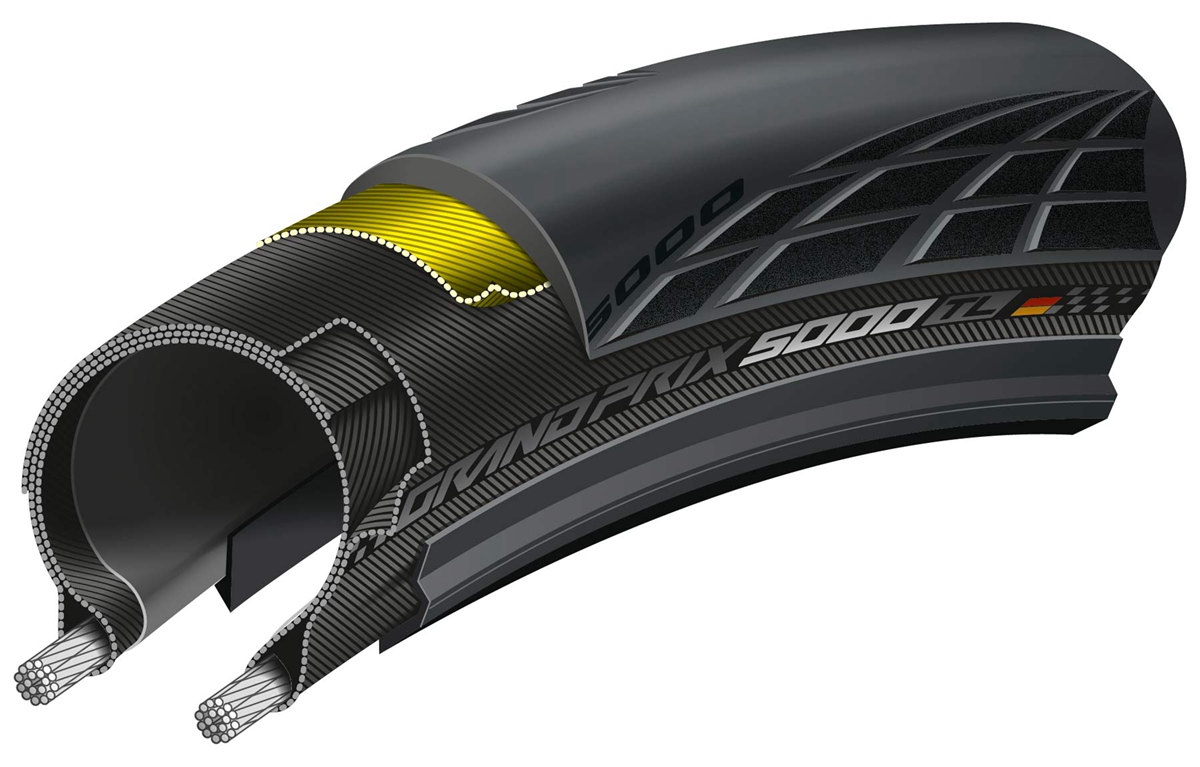
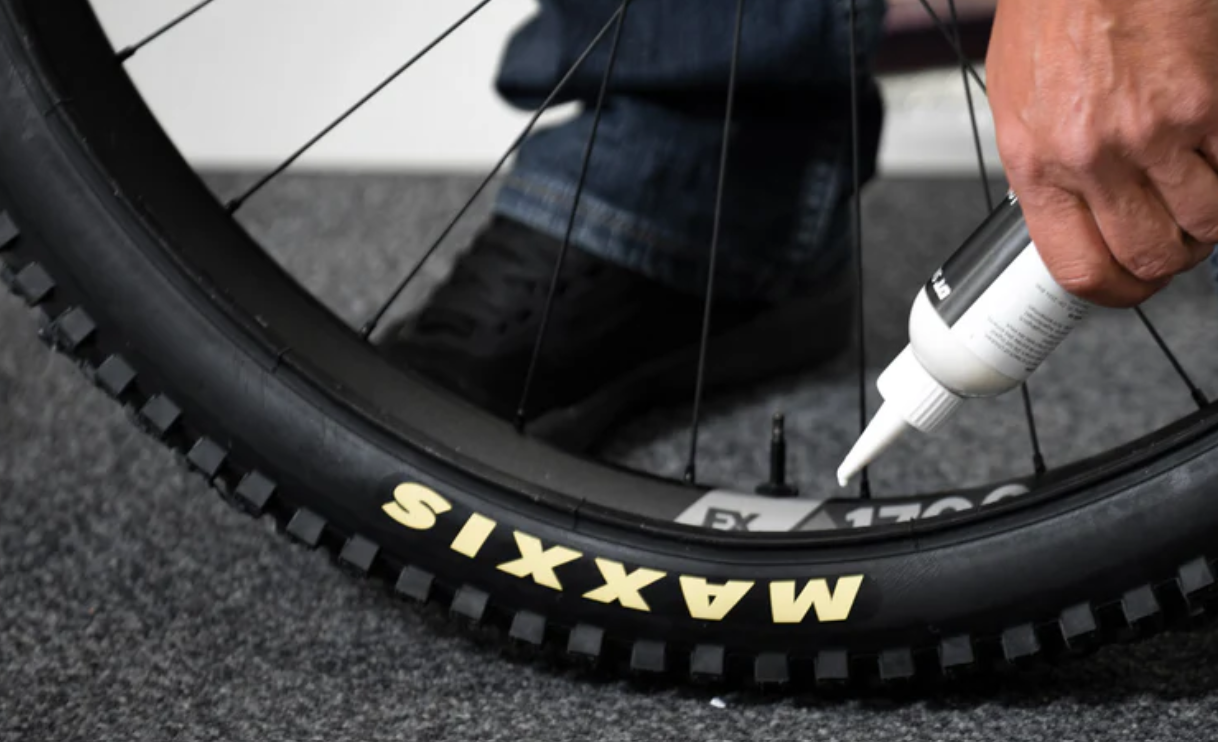
Pros of Tubeless Tires
Firstly, among all bike tire types, only tubeless tires support lower tire pressure. Lower pressure improves comfort and grip. The shock absorption is excellent, which protects your wrists from injury and reduces the chance of punctures. You can use lower pressure without worrying about “snake bites.” Secondly, tubeless tires offer excellent puncture protection. When encountering sharp objects, the self-sealing fluid can quickly seal small holes, preventing air loss and avoiding ride interruptions.
Cons of Tubeless Tires
First, installation and setup are more complicated. It’s quite challenging for a hobbyist to replace a tubeless tire independently at home. Regular pumps can’t provide the high burst of pressure needed to seat the newly installed tire. Secondly, tubeless tires are more expensive than clincher tires. Third, to ensure structural strength, tubeless tires are often made thicker, making them heavier than clincher and tubular tires.
Tubular Tire – the most expensive bike tire types
What is a Tubular Tire?
Most tubular tires have the outer tire and inner tube sewn together, though some come without an inner tube. Unlike clincher tires, which use geometric design to lock onto the rim’s bead seat, tubular tires are glued onto rims designed specifically for tubular tires. Among all bike tire types, only tubular tires are primarily used in high-end racing, and even today, they are common in professional races. However, with the rise of high-performance clincher and tubeless tires, fewer cyclists are sticking with tubular tires.
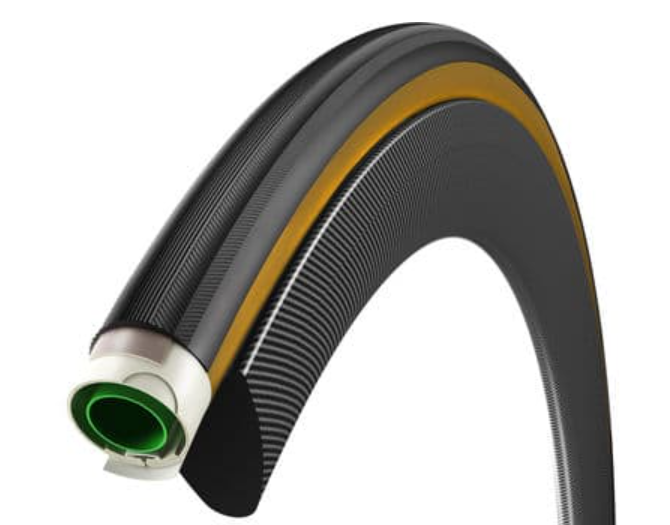
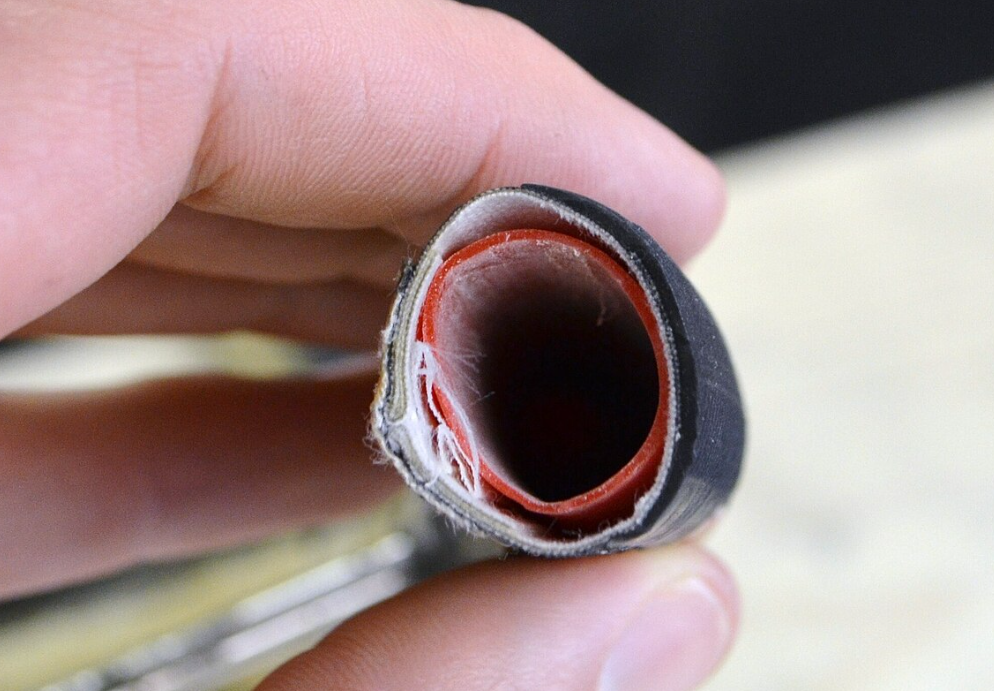
Pros of Tubular Tires
First, they are extremely light. The structure of tubular tires allows both the tire and the rim to use very little material. Second, they support a wide range of tire pressures. Higher pressure can provide better road feedback, allowing the rider to feel surface changes more clearly and respond more accurately. Some cyclists inflate tubular tires to near 130 PSI to reduce rolling resistance and increase speed, though this is not recommended. Lower pressures are more suitable for beginners.
Cons of Tubular Tires
Firstly, they are very expensive. Tubular tires generally cost much more than clincher or tubeless tires, and due to their specialized nature, most bike shops may not stock them. Additionally, once punctured, it’s nearly impossible to repair a tubular tire on your own. Installation and repair are also difficult. Tubular tires require special glue to adhere them to the rim, and the process takes skill and experience. Removing and installing them, as well as cleaning off the glue, is time-consuming and labor-intensive. If you try to repair them with self-sealing fluid, it’s hard to inflate the tire back above 80 PSI, and doing so may lead to another blowout.
Are rims universal for different bike tire types?
Technically, they are not. Rims are designed for specific bike tire types. They have different structure designs for the bead seat.
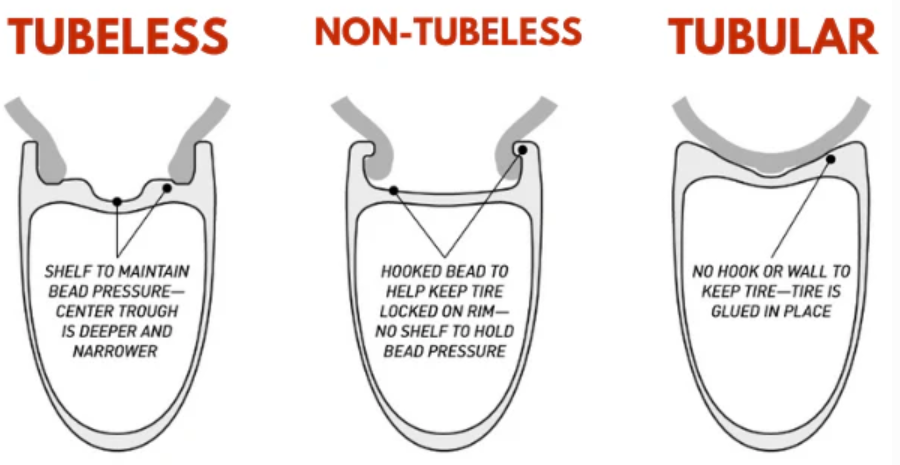

From the perspective of usage, clincher tires can be mounted on tubeless rims, and similarly, tubeless tires can be mounted on clincher rims. However, you must be aware that doing so may reduce the overall stability of the tire system, and you might need to lower the tire pressure slightly to avoid blowouts.
By the way, SUMLON has been manufacturing bicycle parts for over 15 years. Contact us if you are looking for a bike parts factory or a one-stop wholesaler. Peace


